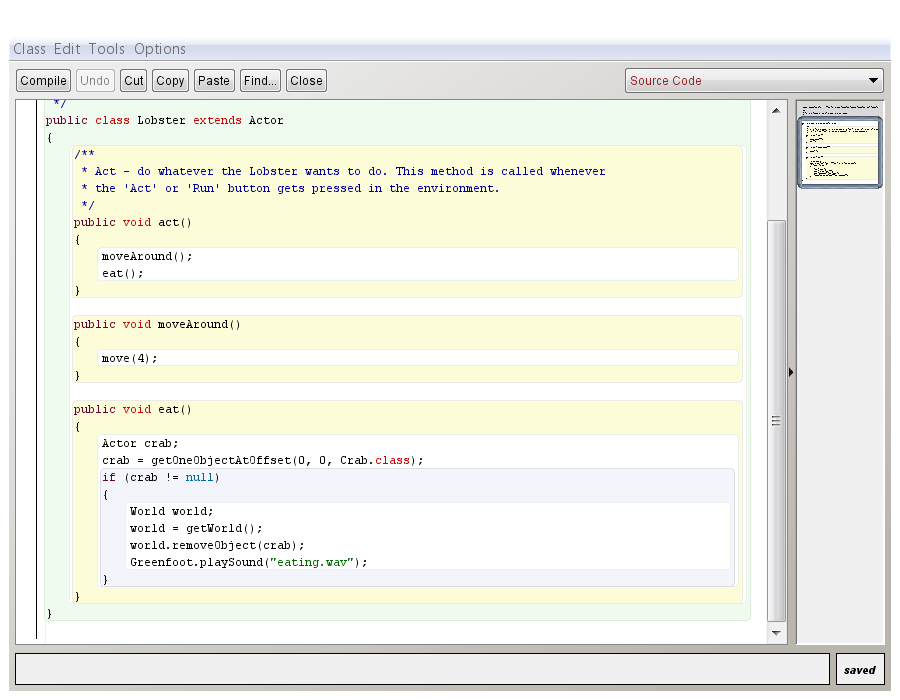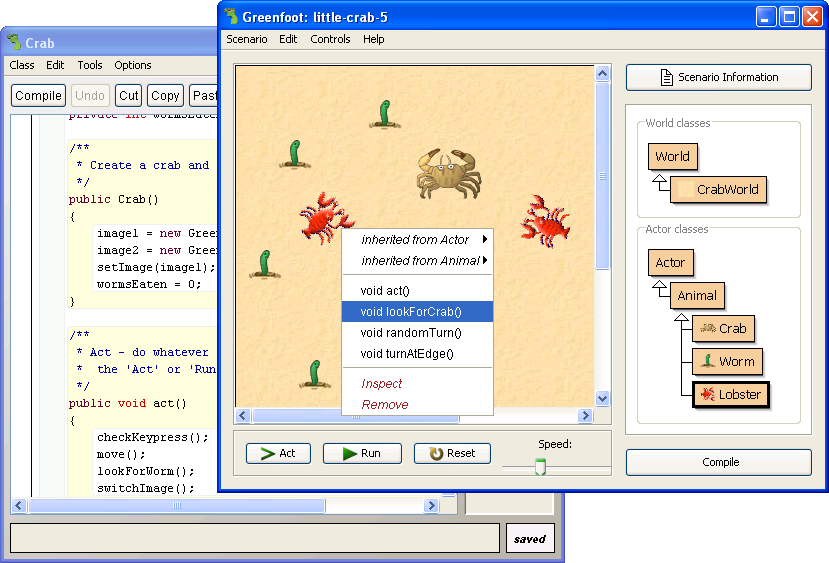
All the modulation parameters can be specified by the user. The tool can generate and display the time and frequency domain behaviours of modulated signals with the help of.

This paper discusses modulation techniques with the LabVIEW-based RF communications package, developed for the illustration of different modulation types in undergraduate virtual instrumentation labs. The information presented in this NAVIPEDIA’s article is an extract of the PhD work performed by Dr.An analog method to modulate and demodulate signals is presented in this short paper. Tien, Quadrature product sub-carrier modulation system, Patent US 7120198, Granted 10 October 2006. Bottjer, Tricode Hexaphase Modulation for GPS, Proceedings of the 10th International Technical Meeting of the Institute of Navigation, ION-GNSS 1997, 16-19 September, 1997, Kansas City, Missouri, USA. 639–648, January 1999, San Diego, California, USA. Betz, The offset carrier modulation for GPS modernization, in Proceedings of the National Technical Meeting of the Institute of Navigation, ION-NTM 1999, pp.
GREENFOOT EXAMPLES OF MODULARZATION CODE
Partridge, Compatibility of the Interplex Modulation Method with C/A and P(Y) code Signals, Proceedings of the International Technical Meeting of the Institute of Navigation, ION-GNSS 2000, September 2000, Salt Lake City, Utah, USA. Nguyen, Coherent Adaptive Sub-carrier Modulation (CASM) for GPS Modernization, Proceedings of the National Technical Meeting of the Institute of Navigation, ION-NTM 1999, January 1999, San Diego, California, USA. This is shown in the following figure, where the constellation diagram is depicted. have shown that as a result of applying the Linear Modulation, the envelope of the multiplexed signal would not be constant. Let us assume as an example that the GPS M-Code and P(Y) Code would have the same power level, being this half of that of the C/A Code. The tri-code Hexaphase modulation is a particular implementation of the Linear Modulation described above. This so-called separate aperture implementation results in a significant loss of overall power efficiency since a second power amplifier would be required for the new signals to be modulated. Last but not the least, it is important to mention that a Linear modulation is equivalent to spatially combining the signals to multiplex, where a separate amplifier chain and antenna aperture are used to modulate the existing signals and the new signals. We will show this in the next section with a particular example of the Linear Modulation, namely the Tri-code Hexaphase Modulation.

Indeed, as early GPS modernization studies have clearly shown, the back-off functioning of an amplifier working in the linear region can result in several dB of power losses.

However, such a back-off is not of interest most of the times due to the high power inefficiency that results. If this were the case, the operating point of the amplifier would be backed off from its saturation point to the linear region of the amplifier, making in principle this multiplexing approach a suitable alternative. This is in principle negative because the result is AM-to-AM and AM-to-PM distortions when the signal is filtered through a nonlinear High Power Amplifier (HPA) unless we work in the linear region, far away from saturation. Which is not constant due to the presence of a time-varying component in addition to the constant 2P_T. The In-phase and Quadrature components of the new multiplexed signal may be represented by Let as suppose that we want to linearly add a new binary signal S_N\left(t\right) to a baseband waveform modulated with other two binary signals S_O^I\left(t\right) and S_O^O\left(t\right), where the subindex N refers to the new signal, O indicates the old signals that were already on the carrier in quadrature (QPSK) and I and Q are the respective phase. In fact, GPS investigated at some point during its modernization the possibility of adding the M-Code in phase with the C/A Code or the P(Y) Code using this technique as shown by and. A well documented case in navigation is that of the GPS IIR Modernization or GPS IIR-M and. The Linear Modulation, also known as additive or spatial modulation, basically consists in the addition of a new ranging signal to either the I or Q phases of a carrier where already at least other two signals are present.


 0 kommentar(er)
0 kommentar(er)
